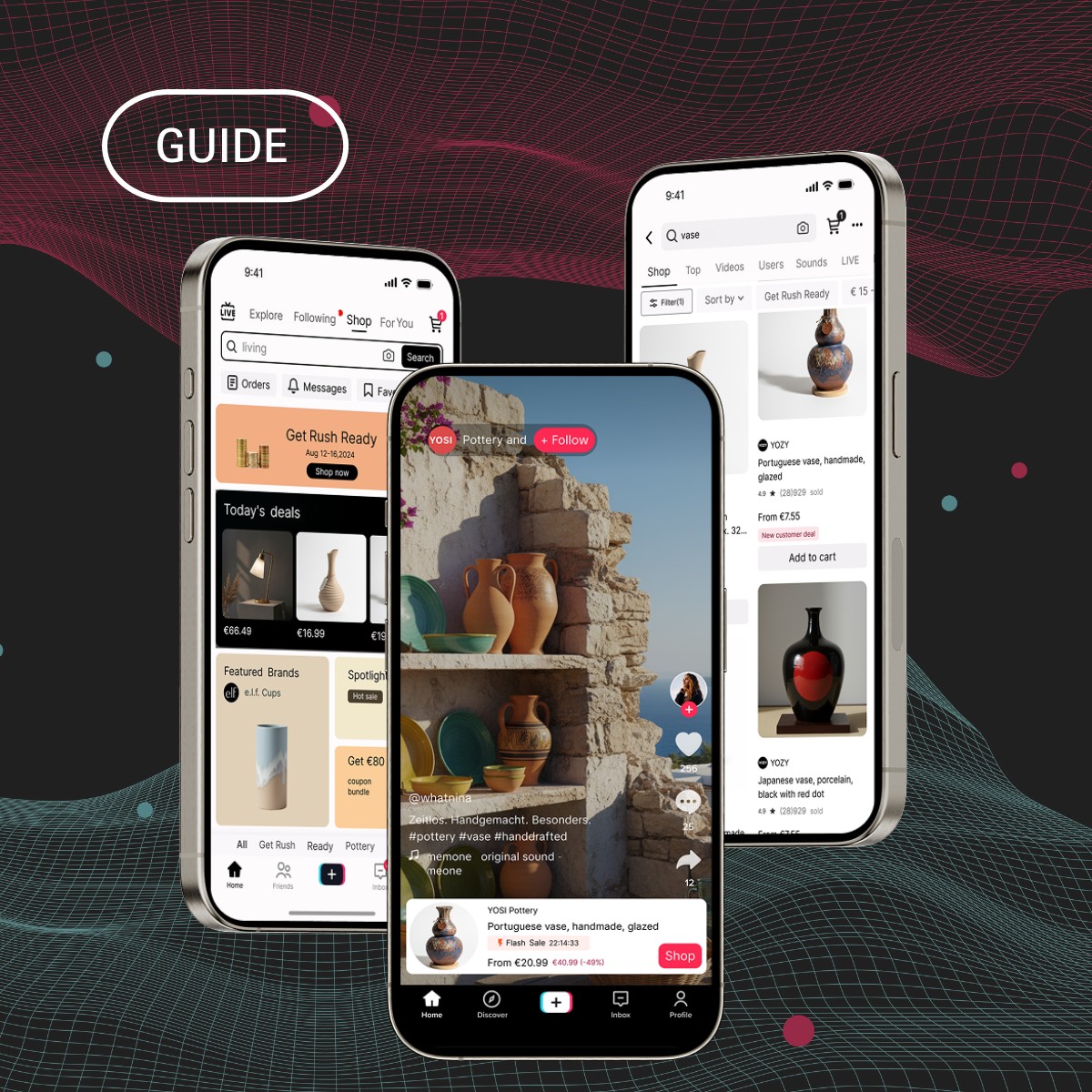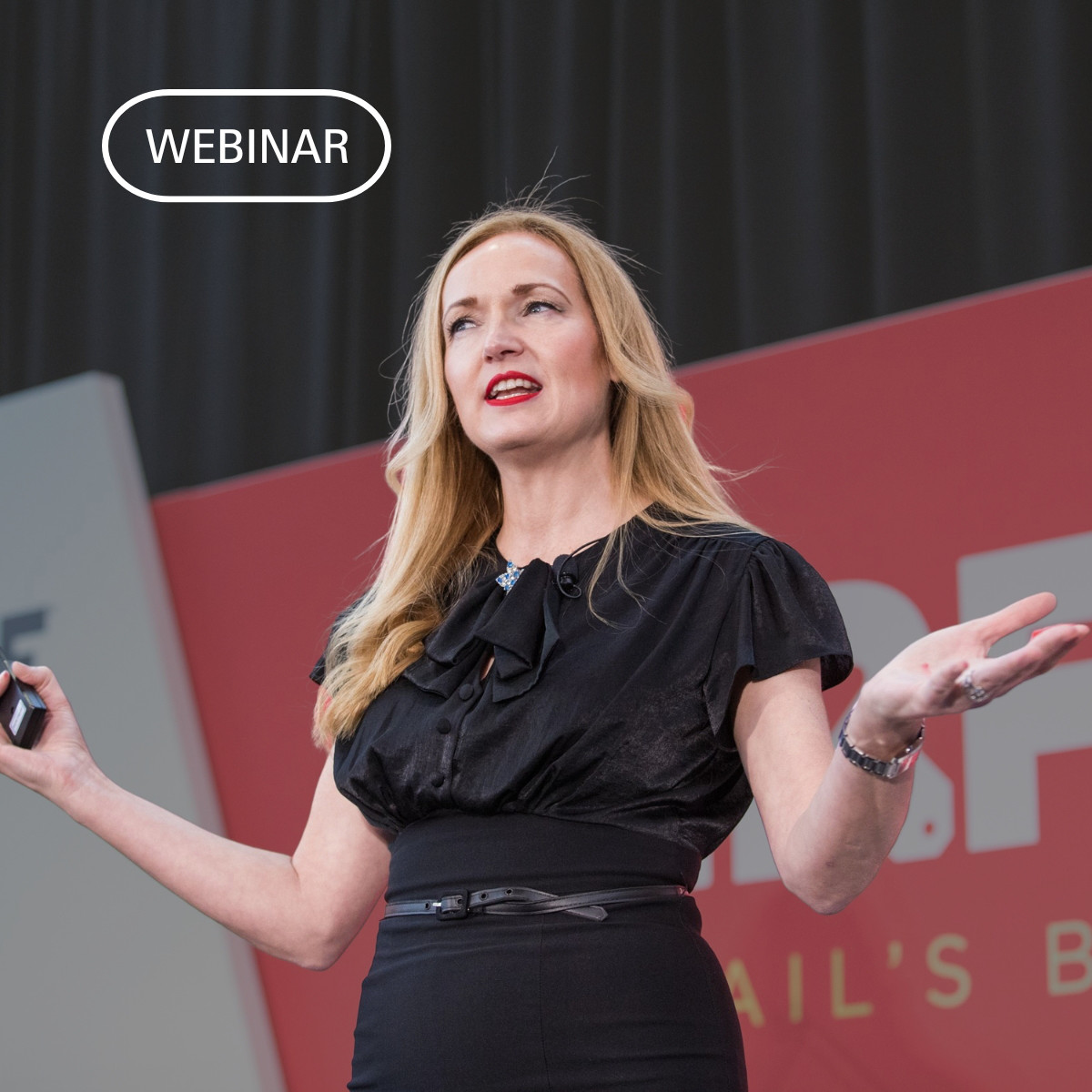Reading time: 6 minutes
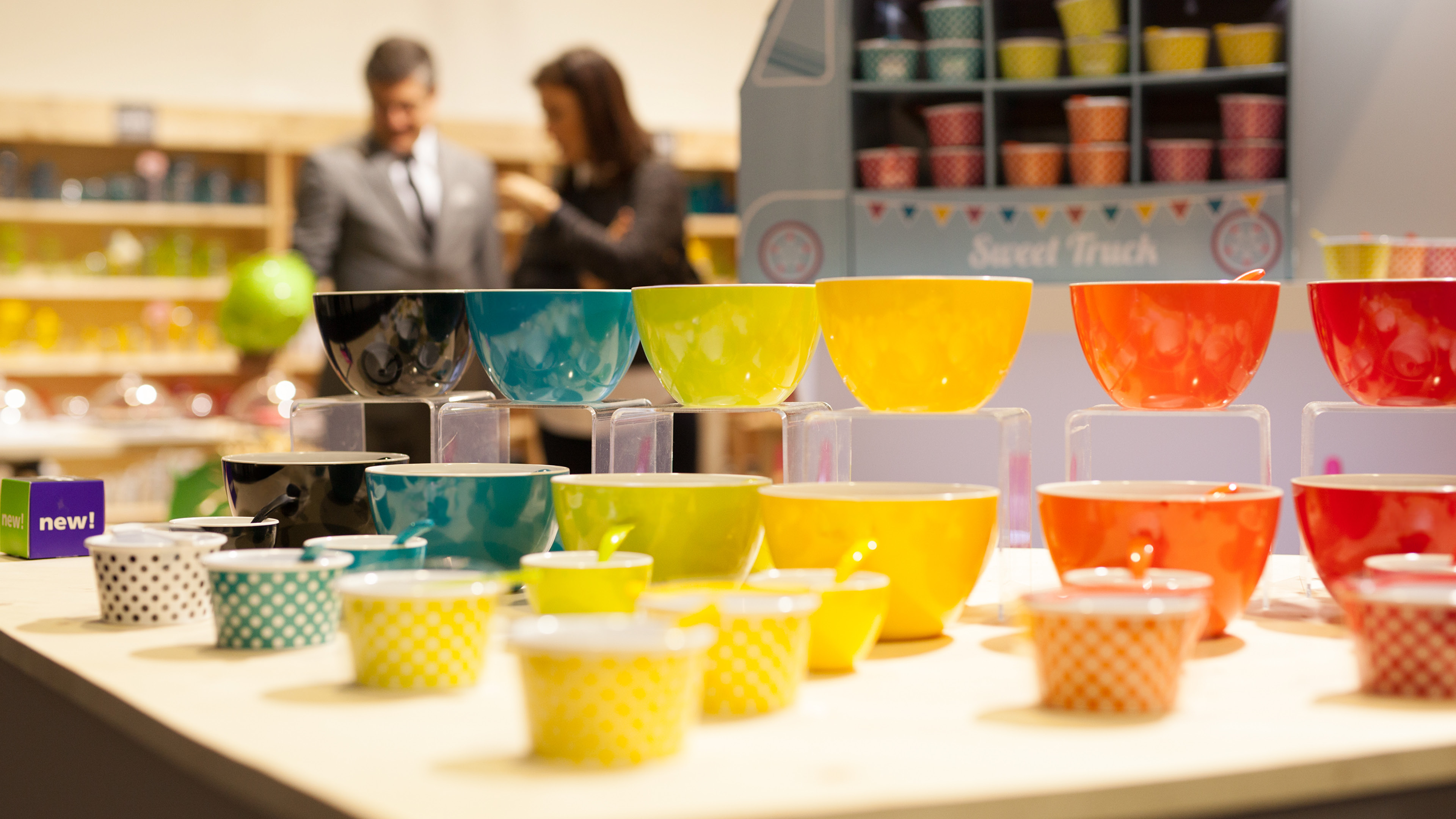
For retailers, product range design plays a key role in success. It’s quite an art to meet customers’ needs. Even adapting a range to supply and demand can be tricky these days. How many different product classes should you carry, and how many alternatives should you offer within each of these? Is it better to offer a wide choice or a narrower, but deeper range? Are you aiming to win a lot of customers or to dominate a particular niche market?
These decisions must certainly be thought through properly. They depend heavily on a variety of factors including your sector, location, target group, company objectives and current market trends. In the world of retail, it is certainly not the case that one size fits all. Here we use different examples to zoom in on the dimensions of your product range: these will help you meet your target group’s needs.
Regardless how broad or deep your product range is, the annual consumer goods fairs Ambiente, Christmasworld and Creativeworld provide the best and most international choice of products for retailers. What is more, the exhibitor and product search engine – accessible via the events’ websites and at Conzoom Solutions for retail as a whole – mean exhibitor contacts and product details are available to you all year round.
Range
We will look first at exactly what the term ‘product range’ means. A range or assortment covers everything a retailer offers, both goods and services. How you define this term depends on your perspective. From the retailer’s point of view, their range encompasses the selection of different products that they offer. From the customer’s point of view, the range is a bundle of goods and services they can draw on to fulfil their individual requirements. While for retailers the focus is clearly on how financially viable the range is, for customers the benefit they can derive is paramount.
Fundamentally, a product range or assortment includes all the goods a retailer sells. Particular areas of this range are described as product families. The makeup of a product range can be broken down into product families, product classes, product lines, product types and items (the smallest unit).
A retailer needs to check and adapt their range regularly in order to stay competitive and successful, for example in response to new trends and sustainability. Why not give your customers a nice surprise? Here are some valuable insights into what to look for when designing your product range.
The dimensions of your product range
Specific features of products within your range will determine the dimensions of that range. Dividing your range into different categories accordingly will help you organise, present and analyse your products. You will be able to manage both products and services more efficiently, understand your customers’ requirements better, and develop more targeted sales and marketing strategies. The depth and breadth of an assortment are the main dimensions of a product range, and are key criteria in deciding the various products carried. Although the two terms are sometimes seen as interchangeable, they actually mean very different things.
Breadth
As its name suggests, the breadth of a product range tells you how many product classes or categories are available from a company or in a shop. In short, it describes the different types of product offered within a range. A range is said to be particularly broad if the company has lots of product classes. It is said to be narrow if the company either only has a few product classes or carries a limited choice of product categories.
For example, IKEA has a broad range of products. Its stores offer kitchen, bedroom and dining room furniture, but also furniture for bathrooms and living rooms – as well as a wide range of decorative items. In contrast, businesses with shallow product ranges have fewer product classes and their offerings may focus on one category, or a handful of main categories. This is the case for WMF for example, a German company that has specialised exclusively in manufacturing high quality kitchen and household items.
A broad range is important if you want to address multiple customer groups, as it means you can supply a wide selection of products. Yet a greater breadth of products does also involve more resource management and a precise knowledge of your target groups, so that you can ensure each of the various product categories are marketed successfully.
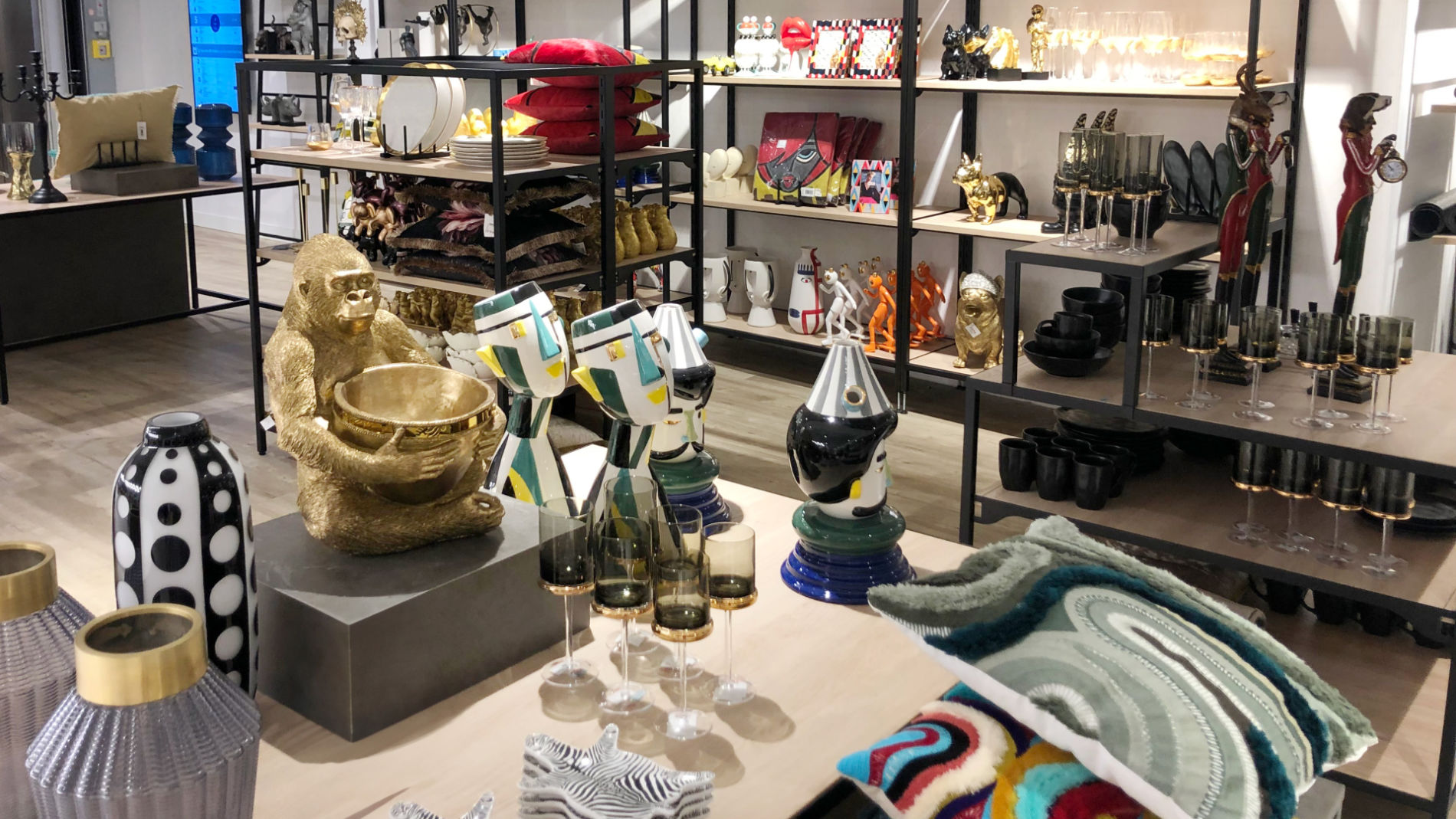
Depth
The depth of a product assortment is the variety of different models within a specific product category. These models may differ in terms of colour, size, type or quality level. The deeper the product range, the more options are available to customers within a particular product category. A shallow range only has a few product types within each product line. That means the offering is focused on just a few options.
In a deep range like Peugeot Saveurs’, many models are available within a particular product category such as salt and pepper grinders. Laguiole Village is another example, well known for its deep range of top-quality knives. If on the other hand only a limited selection of products is available, such as in a boutique outlet, the product range is said to be shallow. It is also possible for a retailer to offer a very deep range in some product classes, but a very shallow range in other product classes.
Having a great variety of products within a particular category benefits the customer by providing plenty of alternatives they could buy. Shops and other retailers with deep product ranges must ensure that they have efficient warehousing and logistics processes. They must also provide clear product information to ensure customers can see the difference between varieties of the same product.
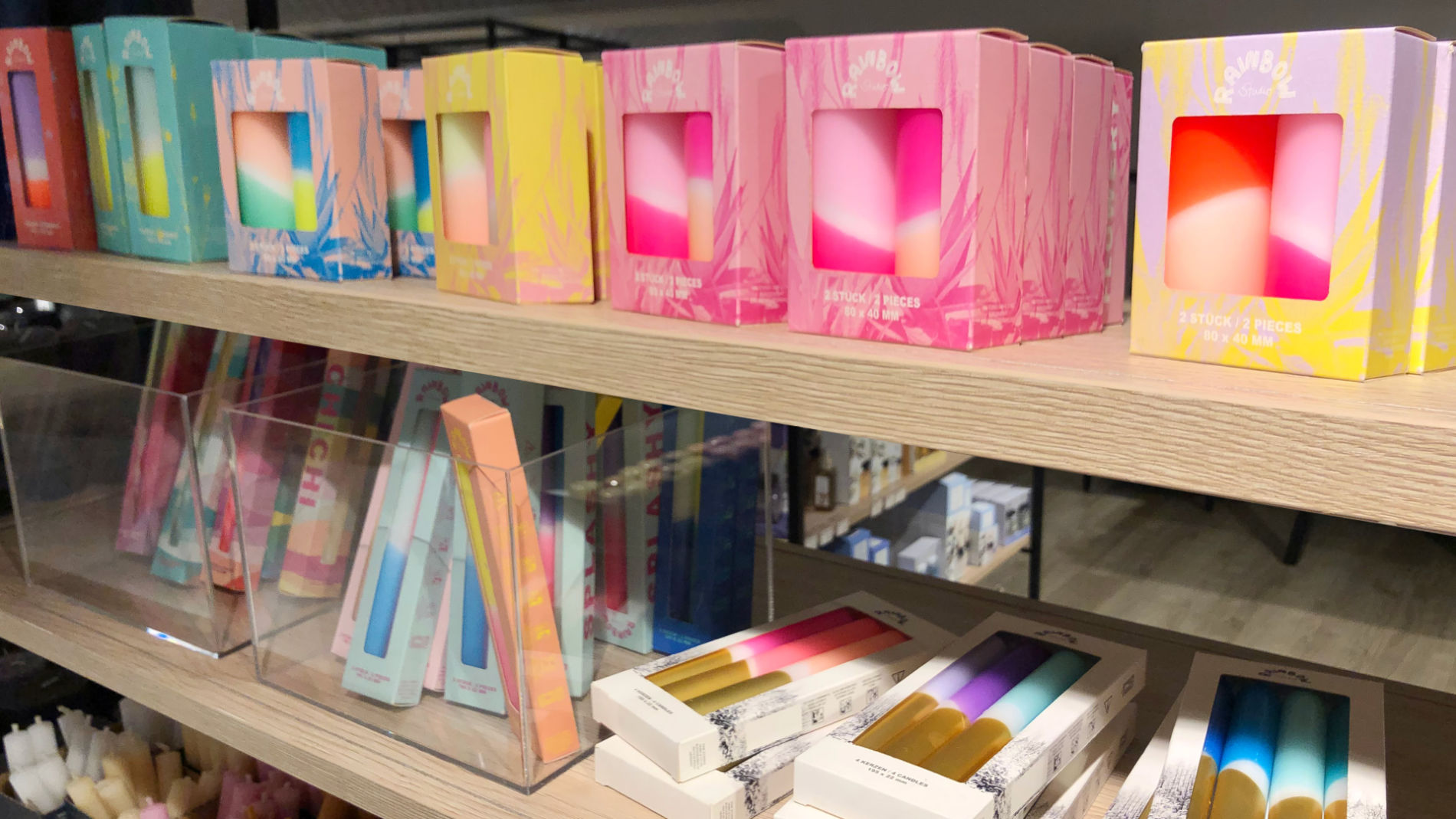
Advantages and disadvantages of breadth and depth in your product range
Each retailer must ask themselves how broad and how deep their range should be; this will enable them to find the right strategy for them to design the product range. It’s important to weigh up the advantages and disadvantages of choices relating to each dimension.
A broad range has many benefits, especially in retail. With a broad assortment of products, your customers have the chance to buy several different products from your single outlet. It means they needn’t go to several different sources, as you are literally their ‘one-stop shop’: one example of this is a superstore. So breadth makes shopping more convenient, and customers will often return to your outlet. A broad range can also lead to cross-selling and mean customers ultimately buy products they had not originally planned to. But it’s true that a broad product range involves more complex inventory and warehouse management. And too much choice can also overwhelm customers.
Customers are not likely to be overwhelmed by a narrow product assortment or range, such as in a specialist retailer or boutique. They are often able to make quick purchase decisions due to the limited range of options. However, a smaller selection can lose a retailer customers and increase competitive pressure. It’s important to have a detailed knowledge of your target group and resources when you decide between a broad and a narrow product range. Angelika Niestrath, curator of Ms. Paper & Friends at Ambiente, uses an example to illustrate which aspects you need to consider in making your choice.
“It’s particularly relevant for conventional specialist retailers to consider the dimensions of their product ranges. For instance, a bookshop must consider the proportion of non-book products they will include in their assortment – in other words, how broad they can afford their product range to be and still be considered a knowledgeable specialist outlet for books. Of course their core ‘books’ product range must be relatively deep.”
This is because a deep assortment of products appeals to customers looking for choice, whereas a shallow range appeals to a targeted group of customers as it focuses on a specific niche. In a business with a shallow product range, the options are more limited so it’s quicker and easier for customers to grasp what’s on offer. In the same way as a narrow range, a shallow range can make the customer’s purchasing process easier. A shallow range also allows a retailer to specialise clearly in selected products, conferring a sense of expertise and credibility on the company. Yet customers may not be satisfied with a limited selection if their desired product is not available. A deep product range makes it more likely that customers will find what they’re looking for.
Depending on its priorities, resource availability and target groups, a business may have a product range that is both broad and deep, or one which is both shallow and narrow. METRO is a food wholesaler offering many product classes such as groceries, household items, cleaning products, electronics and office technology. It provides a comprehensive choice within each of these groups.
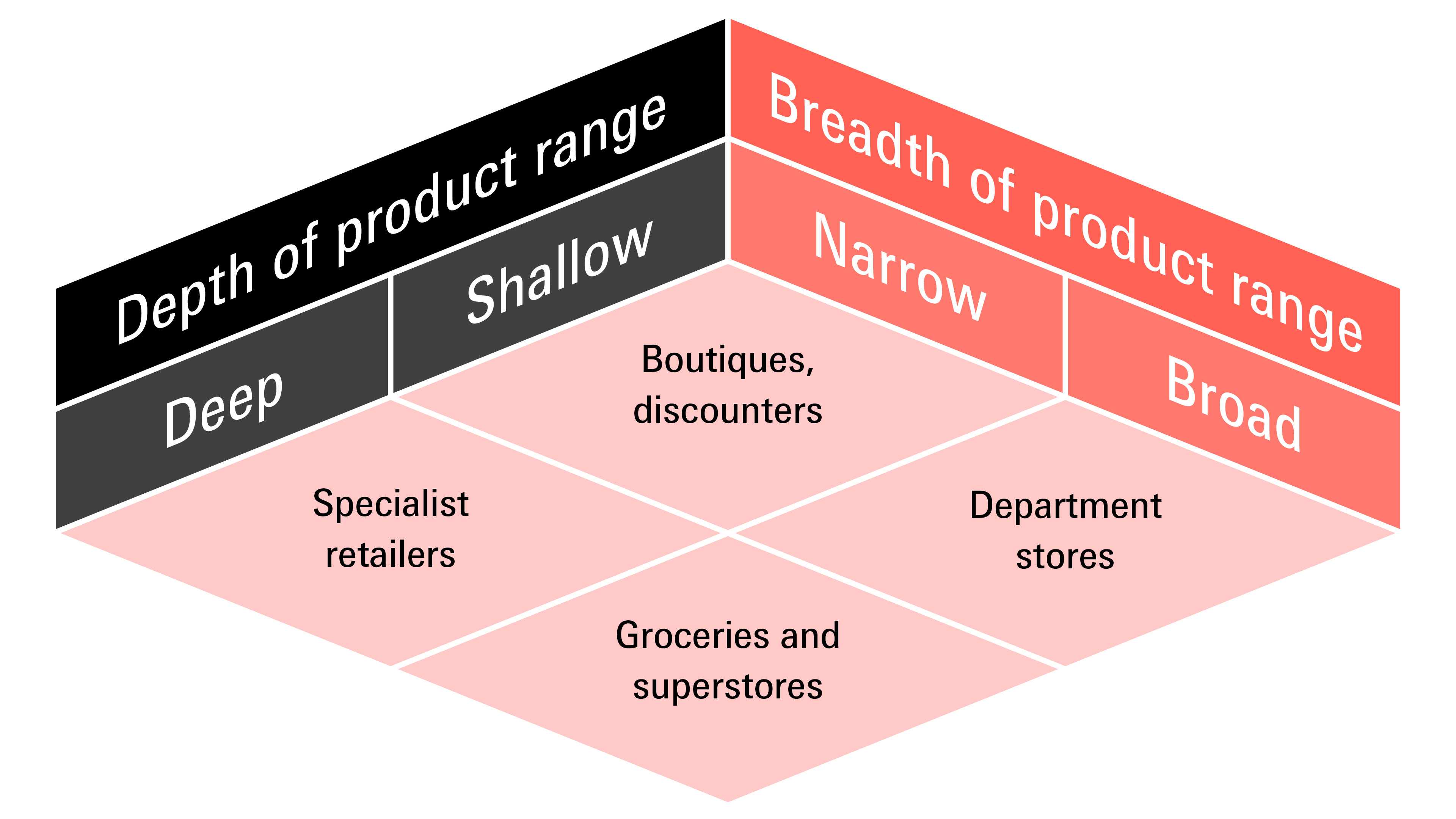
To recap
As a retailer seeking the right way to shape your product range, it’s very important to perform in-depth analysis of the current market conditions, the situation as regards competition, customers’ preferences and requirements, and your company’s own objectives. Once you’ve performed this analysis, you must react quickly to any changes and adapt your range accordingly. Only by investigating these factors thoroughly can a company ensure it chooses both the right breadth and depth of product range to satisfy customers, differentiate themselves from the competition, and guarantee long-term success.
Insights
- The breadth and depth of your product range hold the key to retail success.
- Breadth relates to the number of product categories, while depth denotes the variety available within each category.
- You can only choose the right depth and breadth for your product range once you’ve analysed current trends, customer preferences, the competition and your company’s objectives.
Sources:
- https://logistikknowhow.com/bestandsverwaltung/sortimentsbreite-und-sortimentstiefe/
- https://kaufmann-im-einzelhandel.com/?p=36
- https://www.einzelhandel-news.de/sortimentstiefe/
- https://www.brainbi.dev/de/2021/09/08/sortimentstiefe-definition-und-herleitung/
- https://www.lernnetz24.de/bwl/hinweise/48.html
- https://www.pb-onlinehandel.de/magazin/sortimentspolitik-im-einzelhandel/



